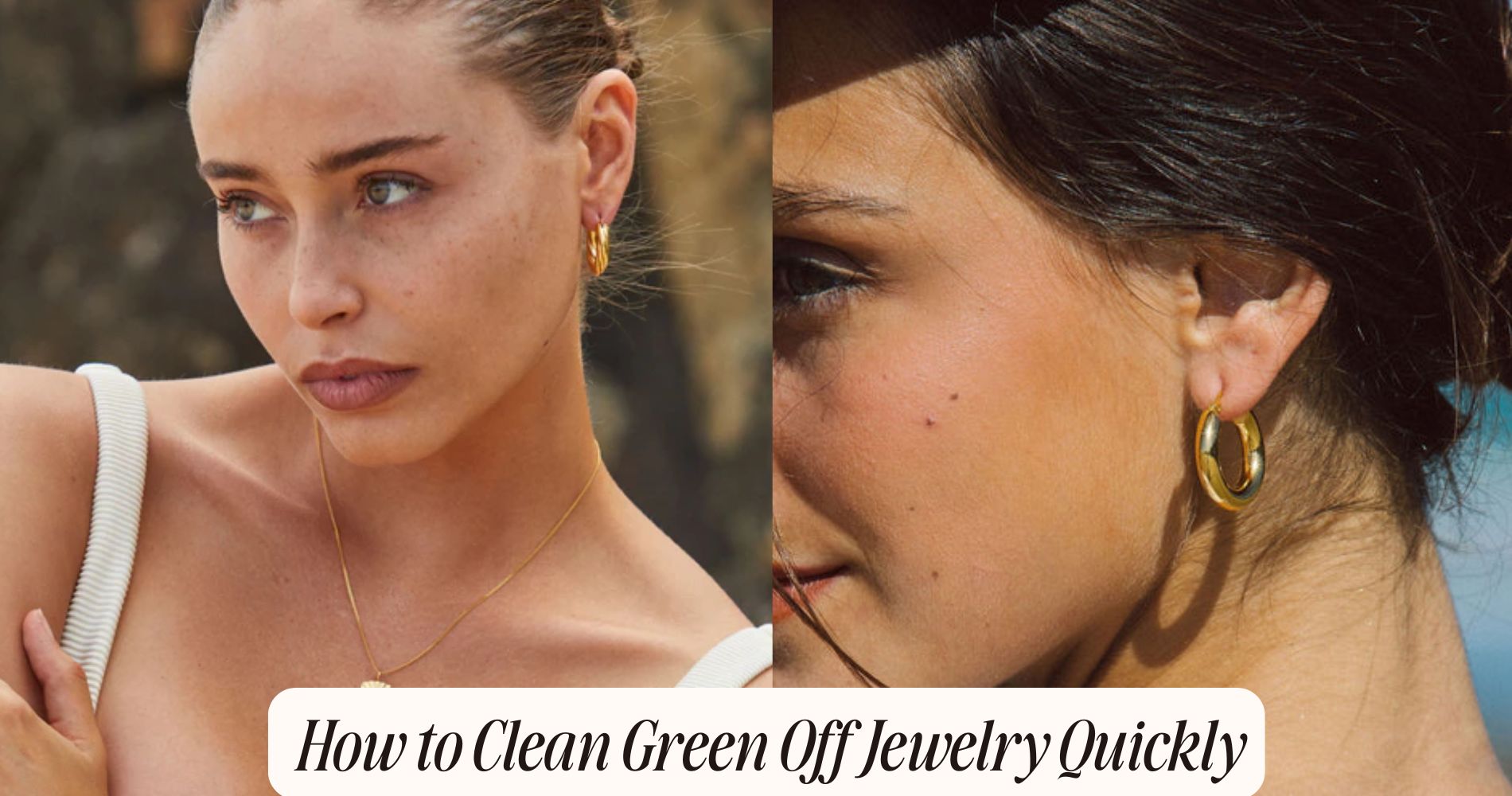
How to Clean Green Off Jewelry Quickly
How to clean green off jewelry? To effectively clean green tarnish off your jewelry, start by determining the material. Gather a soft brush, microfiber cloth, and a non-abrasive bowl. Mix equal parts white vinegar and water to create a cleaning solution, then soak your jewelry for 15-20 minutes. After soaking, use the soft brush to gently scrub the tarnished areas, paying special attention to intricate details. Rinse thoroughly under lukewarm water to remove any residue, and dry with a lint-free cloth. To prevent future tarnish, consider applying a protective coating. For more expert tips and methods, explore our Tarnish-Free Jewelry collection.
Identify the Type of Jewelry
Identifying the type of jewelry you're dealing with is essential for effective cleaning. Different pieces require unique approaches based on their materials and construction.
First, determine whether you have costume jewelry or fine jewelry. Costume jewelry often features non-precious metals and synthetic stones, making it less delicate but more susceptible to tarnishing.
Next, consider the metal types involved. Common metals in costume jewelry include brass, copper, and aluminum, which may need specific cleaning methods to avoid damage. For instance, a simple mixture of mild soap and water can work wonders on these materials, but avoid soaking them as this can loosen glue that holds components together.
On the other hand, if you're cleaning fine jewelry made from gold, silver, or platinum, you'll need to be extra cautious. These metals can scratch easily or react negatively to harsh chemicals. Identify the metal type accurately, as this will dictate your cleaning solution and technique.
Knowing whether your jewelry contains any gemstones or pearls is also vital, as these require special care to avoid scratching or discoloration. Understanding these aspects will set you up for successful cleaning.
Gather Your Cleaning Supplies
Before you start cleaning your jewelry, it's vital to gather the right supplies.
You'll need essential cleaning tools like a soft brush and microfiber cloth, along with recommended cleaning solutions suitable for your specific jewelry type.
Having these items on hand will guarantee an effective and safe cleaning process.
Essential Cleaning Tools
To kick off your jewelry cleaning journey, you'll need to gather the right tools for the job. Essential cleaning tools are vital for effective jewelry maintenance and will guarantee your pieces shine like new.
Start with a soft-bristled toothbrush, which is perfect for reaching intricate details without scratching the surface. A microfiber cloth is also a must-have; it's gentle yet effective in polishing and removing tarnish.
Next, consider having a small bowl for soaking your jewelry in cleaning solutions. Make certain it's non-abrasive to avoid any damage. You'll also need a pair of tweezers or a soft cloth for handling delicate pieces without risking any slips or scratches.
If you have more robust items, a jewelry cleaning brush may come in handy for scrubbing away stubborn residue.
Lastly, don't forget a small container to keep your jewelry organized while you clean. This helps prevent any tangling or loss.
With these cleaning tools at your disposal, you're well-equipped to tackle any green buildup on your jewelry and maintain its beauty for years to come.
Recommended Cleaning Solutions
When it comes to cleaning your jewelry, the right solutions can make all the difference in restoring its luster. Two effective and affordable options are a vinegar solution and baking soda.
For the vinegar solution, mix equal parts white vinegar and water in a bowl. Soak your jewelry for about 15-20 minutes to break down tarnish and grime. After soaking, gently scrub with a soft toothbrush to remove any remaining residue. Rinse thoroughly under lukewarm water and pat dry with a soft cloth.
Baking soda is another powerful cleaning agent. Create a paste by mixing three parts baking soda with one part water. Apply this paste to your jewelry using a soft cloth or toothbrush, focusing on areas with heavy tarnish. Let it sit for about 10 minutes before rinsing it off with water. Again, dry your pieces gently with a soft cloth.
Both solutions are non-toxic and environmentally friendly, making them safe for your jewelry and the planet.
Prepare a Cleaning Solution
To effectively clean your jewelry, start by choosing safe ingredients that won't damage your pieces.
Once you've selected your components, mix the solution properly to guarantee ideal cleaning results.
Additionally, consider storing any leftover solution for future use, so you're always prepared.
Choose Safe Ingredients
Selecting safe ingredients for your jewelry cleaning solution is vital to maintain the integrity and shine of your cherished pieces. One of the most effective and non-toxic options you can use is a vinegar solution. Vinegar contains acetic acid, which can help dissolve tarnish and grime without damaging most metals or gemstones.
Mix equal parts of white vinegar and water in a bowl for a gentle yet effective cleaning solution.
Another great ingredient to take into account is baking soda. It's mildly abrasive, which makes it excellent for removing stubborn dirt without scratching your jewelry. You can create a paste by combining baking soda with a small amount of water.
This paste can be applied directly to the affected areas of your jewelry.
When using these ingredients, always test a small, hidden area first to verify they won't affect the finish or color of your jewelry. Avoid using harsh chemicals or abrasive materials, as they can lead to permanent damage.
Mix Solution Properly
Mixing your cleaning solution correctly is vital for achieving ideal results while guaranteeing the safety of your jewelry. To create an effective cleaning solution, you'll want to focus on the right mixing ratios. A common and effective combination is a mixture of equal parts water and white vinegar or a gentle dish soap.
For more stubborn tarnish, you might consider increasing the vinegar concentration to a 2:1 ratio of vinegar to water.
When preparing your solution, always use a clean container to avoid any contamination. Stir the mixture gently to make certain that the ingredients blend well, creating a uniform solution. This is essential for maximizing solution effectiveness, as uneven mixtures can lead to inconsistent cleaning results.
Before submerging your jewelry, test the solution on a small, inconspicuous area to make certain it doesn't damage the metal or gemstones. Properly mixed solutions not only clean effectively but also help protect your jewelry from potential scratching or discoloration.
Once you've prepared your solution, you're ready to move on to the next step in your cleaning process, confident that you've set the foundation for ideal results.
Store for Future Use
Storing your cleaning solution for future use can save you time and guarantee that you're always prepared to keep your jewelry sparkling. To create an effective solution, mix equal parts of white vinegar and baking soda in a container.
Make sure it's airtight to prevent evaporation and contamination. Label the container clearly to avoid confusion later on.
When it comes to jewelry storage, consider placing your cleaning solution in a cool, dark place, away from direct sunlight. This helps maintain its effectiveness over time.
Protective cases can also play an essential role in preserving both your jewelry and your cleaning supplies. Store your cleaning solution alongside your jewelry, but in separate protective cases to avoid accidentally mixing them.
Before using the solution, always give it a gentle shake to verify the ingredients are well combined. Keep in mind that some delicate materials may require special care, so check if the solution is suitable for your specific pieces.
Having a ready-to-use cleaning solution at hand not only streamlines your cleaning process but also prolongs the life of your cherished jewelry.
Soak the Jewelry
Soaking your jewelry can be a transformative step in the cleaning process, allowing dirt and grime to loosen and lift away. Start by selecting an appropriate cleaning solution based on the jewelry material. For instance, gold and silver can typically handle mild soap and warm water, while delicate pieces like pearls or opals require a gentler approach, such as a specialized jewelry cleaner.
Once you've chosen your solution, immerse your jewelry carefully, making sure it's completely submerged. The soaking duration is essential; aim for about 15 to 30 minutes for most materials. However, keep an eye on your jewelry—longer soaking times can damage softer stones or intricate designs, so adjust accordingly based on the material and condition of your items.
As the jewelry soaks, the solution will begin to penetrate and break down the green tarnish and debris.
After the soaking duration, you'll be ready for the next step in cleaning. Remember, each jewelry material may respond differently, so always prioritize the safety of your pieces by researching their specific needs before soaking. This careful attention will help guarantee your jewelry remains beautiful and well-maintained.
Gently Scrub With a Soft Brush
Once your jewelry has soaked and the grime has loosened, it's time to gently scrub with a soft brush to remove any remaining residue.
Choose a brush with soft bristles, like a toothbrush or a specialized jewelry brush, to avoid scratching delicate surfaces. Dip the brush into your cleaning solution, making sure it's damp but not dripping.
Start by focusing on small sections of the jewelry, using gentle circular motions to dislodge any stubborn dirt or tarnish.
Pay particular attention to crevices and intricate designs where residue tends to accumulate. Be patient; thorough cleaning is crucial for effective jewelry maintenance.
Don't rush through this step, as it greatly impacts the overall appearance of your jewelry.
If you wear your jewelry frequently, aim to clean it regularly. Depending on your lifestyle, a cleaning frequency of every few weeks can help maintain its shine and prevent the buildup of grime.
After scrubbing, inspect the piece to verify you've removed all residue before proceeding to the next cleaning step.
Keeping your jewelry clean not only enhances its beauty but also extends its lifespan, guaranteeing you can enjoy your pieces for years to come.
Rinse Thoroughly With Water
After gently scrubbing your jewelry, it's essential to rinse it thoroughly with lukewarm water to remove any remaining cleaning solution.
Hold your pieces under a running faucet, allowing the water to wash away dirt and debris effectively.
Use Lukewarm Water
How can you assure your jewelry shines without risking damage? The temperature impact of the water you use plays an important role in maintaining the integrity of various jewelry materials. Using lukewarm water is your best bet when cleaning your pieces.
It's gentle enough to avoid thermal shock, which can cause cracks or warping in delicate items like pearls or softer gemstones.
Begin by filling a bowl with lukewarm water—typically around 90°F to 110°F. This temperature is warm enough to help dissolve dirt and grime but cool enough to protect sensitive materials.
Once your water is ready, carefully submerge your jewelry for a few minutes. This soaking process helps loosen any stubborn residue without harsh scrubbing.
After soaking, gently agitate the water to help dislodge any remaining debris. Make sure you avoid using extreme temperatures, as they can adversely affect the finish and structural integrity of your jewelry.
Once you've finished, it's vital to rinse thoroughly with lukewarm water to remove any lingering cleaning solutions.
Rinse Under Running Faucet
To make certain your jewelry is thoroughly cleaned and free of any residual cleaning solutions, it's essential to rinse it under a gentle stream of lukewarm water. Start by turning on the faucet and adjusting the water temperature to a lukewarm setting. This temperature is ideal because it effectively removes any cleaning agents without risking damage to your jewelry.
As you hold your jewelry under the running water, it's important to manage the faucet pressure. A gentle stream is sufficient for most pieces, especially delicate items like earrings or necklaces. High pressure can cause abrasion or even dislodge stones, so keep it soft and steady.
Be certain to move the jewelry around in the water, allowing the stream to reach all surfaces and crevices. This guarantees that any leftover cleaning solution, dirt, or grime is completely washed away.
Take your time with this step—thorough rinsing is key to maintaining the integrity and shine of your jewelry. Once you feel confident that all residues are gone, you can proceed to the next step in your cleaning routine.
Dry With Soft Cloth
Once your jewelry has been rinsed thoroughly under running water, it's important to dry it properly to maintain its luster and prevent water spots.
Using a soft, lint-free cloth is fundamental for effective drying. Avoid paper towels or rough fabrics, as they can scratch the surface, leading to long-term damage.
Gently pat the jewelry dry, focusing on crevices where water can linger. This step not only removes moisture but also plays an important role in jewelry maintenance.
If your piece is particularly intricate, consider using a soft brush to reach those hard-to-access areas.
Be mindful of the drying technique; don't rub too vigorously, as this can create friction and may inadvertently cause tarnish. By ensuring the jewelry is completely dry, you greatly reduce the risk of tarnish formation, which can occur when moisture is trapped.
Incorporating this drying method into your jewelry care routine will enhance the longevity of your pieces.
Regularly drying your jewelry after cleaning is a simple yet effective strategy for tarnish prevention and maintaining that brilliant shine you love.
Dry With a Soft Cloth
After rinsing your jewelry, it's important to dry it properly to prevent water spots and tarnishing. Use a soft, lint-free cloth to absorb moisture gently. Microfiber cloths are ideal for this purpose due to their fine fabric types, which won't scratch delicate surfaces or leave behind fibers.
Start by dabbing the jewelry with the cloth, focusing on crevices where water is likely to accumulate. Avoid vigorous rubbing, as this can lead to scratches. Instead, employ gentle polishing techniques to remove excess moisture and enhance the shine of your pieces.
If you're dealing with intricate designs, consider wrapping the cloth around your fingers to reach tight spots effectively. Pay special attention to areas that may trap moisture, such as under stones or in between links.
Once you've dried your jewelry thoroughly, inspect it for any remaining dampness before storing it away. Proper drying not only enhances the visual appeal of your jewelry but also prolongs its life.
Apply a Protective Coating
With your jewelry now thoroughly dried, applying a protective coating can further safeguard it against tarnishing and damage. You have several coating options to evaluate, including clear nail polish, specialized jewelry sealants, and waxes. Each option has its own benefits, so choose one that suits your jewelry type and your personal preferences.
When using clear nail polish, verify it's a non-toxic formula. Apply a thin layer with a small brush, being careful not to coat any stones or intricate details.
For specialized jewelry sealants, follow the manufacturer's instructions for best results. These products often provide a more durable finish, protecting your pieces from moisture and air exposure.
If you prefer wax, gently rub a small amount onto your jewelry, then buff it out with a soft cloth to create a protective barrier.
Regardless of the coating option you choose, make certain to apply it in a well-ventilated area and allow adequate drying time. Proper application techniques are essential—thinner layers generally adhere better and last longer.
Prevent Future Discoloration
To prevent future discoloration of your jewelry, it's vital to adopt proactive care practices that minimize exposure to elements causing tarnishing.
Start with preventive measures like storing your pieces in a cool, dry place, preferably in anti-tarnish pouches or lined boxes. This reduces contact with moisture and air, two main culprits in the tarnishing process.
Make it a habit to wear your jewelry last when getting dressed and remove it before applying lotions, perfumes, or hair products. Chemicals in these items can accelerate discoloration, so keeping your jewelry away from them is essential for effective jewelry upkeep.
Regularly clean your jewelry with a soft, lint-free cloth to remove oils and dirt that may cling to the surface. This simple action can help maintain its shine and reduce tarnishing over time.
Lastly, consider avoiding wearing your jewelry during activities that expose it to harsh conditions, such as swimming, exercising, or cleaning.
When to Seek Professional Help
Sometimes, knowing when to seek professional help for jewelry maintenance can be just as important as routine care. If you notice persistent discoloration or tarnish that you can't remove with at-home methods, it's time to contemplate professional cleaning.
Jewelers have specialized tools and solutions that can effectively clean your pieces without causing damage. Additionally, if your jewelry contains intricate designs or delicate settings, attempting to clean them yourself might lead to further issues. A professional's expertise guarantees that your jewelry is handled with care, preserving its beauty and integrity.
Another important scenario is when you're pondering a significant financial decision regarding your jewelry. If you're thinking about selling, insuring, or simply valuing your pieces, a jewelry appraisal from a professional is essential.
They can provide an accurate assessment of your jewelry's worth, factoring in materials, craftsmanship, and market trends. Ultimately, don't hesitate to reach out to a professional if you're unsure about cleaning or appraising your jewelry.
Their knowledge and experience can save you time and prevent potential damage, guaranteeing your prized possessions remain in excellent condition.
Frequently Asked Questions
Can I Use Vinegar to Clean Green off Jewelry?
Yes, you can use vinegar for cleaning jewelry. Its effectiveness in breaking down tarnish makes it a viable option. However, guarantee proper jewelry care by testing on a small area first to prevent damage.
Is It Safe to Clean Costume Jewelry This Way?
Yes, it's safe to clean costume jewelry using vinegar, but be cautious. For effective costume jewelry maintenance, always opt for safe cleaning methods that won't damage the materials, ensuring your pieces remain vibrant and intact.
How Often Should I Clean My Jewelry?
You should clean your jewelry regularly, ideally every few weeks, to maintain its shine. Following jewelry maintenance tips and cleaning frequency recommendations helps prevent buildup and keeps your pieces looking great for longer.
What Causes the Green Discoloration on Jewelry?
Green discoloration on jewelry usually occurs due to metal reactions, particularly with copper. When exposed to moisture or chemicals, these metals oxidize, causing discoloration. Regular cleaning and care can help minimize these reactions and maintain your jewelry's appearance.
Can I Use Baking Soda for This Cleaning Process?
Absolutely, you can use baking soda as an effective cleaning method. Mix it with water to form a paste, apply it to the jewelry, and gently scrub. Rinse thoroughly for a sparkling finish.
Conclusion
By following these steps, you can quickly restore your jewelry to its former glory and keep it looking beautiful. Regular maintenance and protective coatings will help prevent green discoloration in the future. If you encounter any stubborn stains or damage, don't hesitate to seek professional help. With a little care, your jewelry will shine brightly and remain a cherished part of your collection. Remember, prevention is key to preserving the beauty of your treasured pieces.








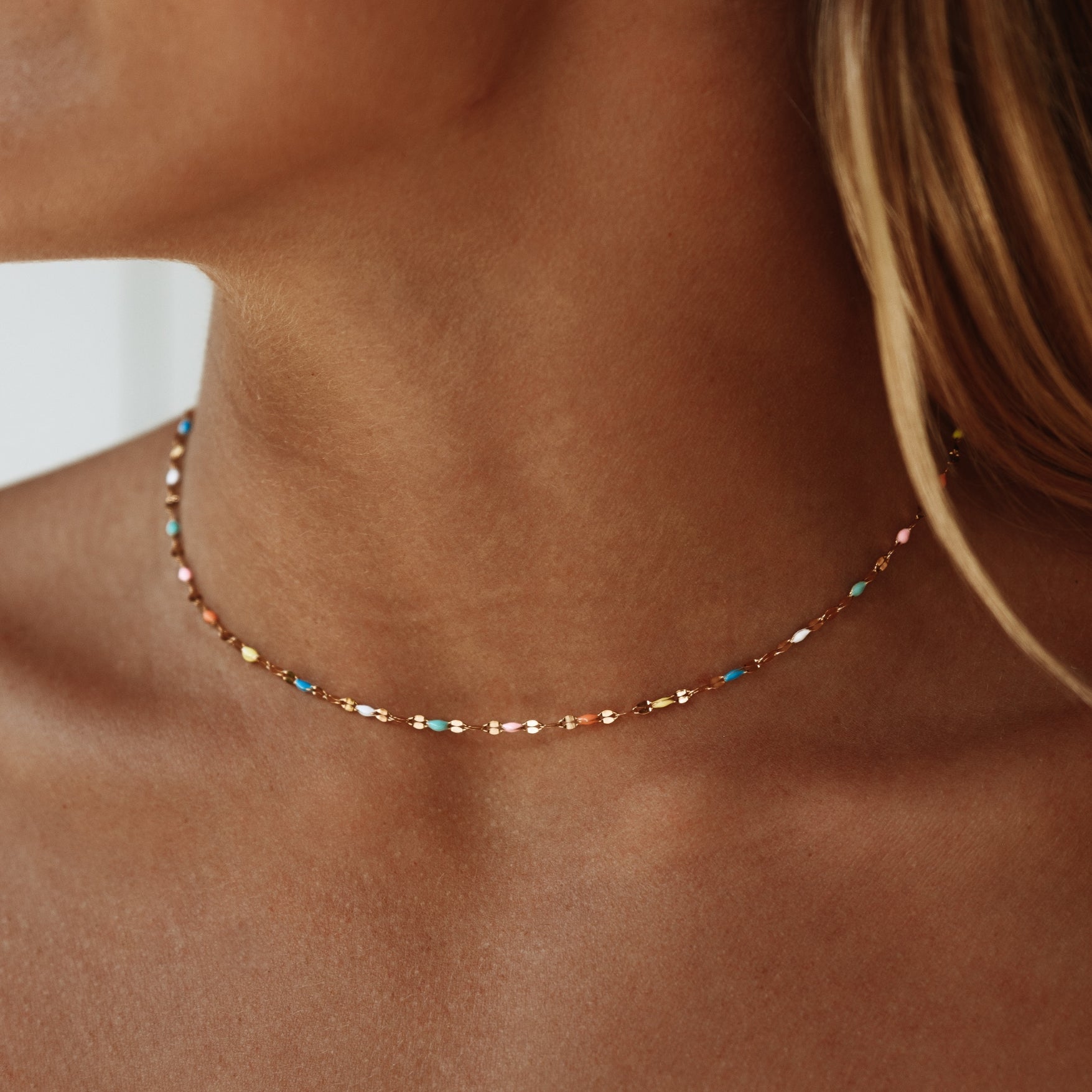


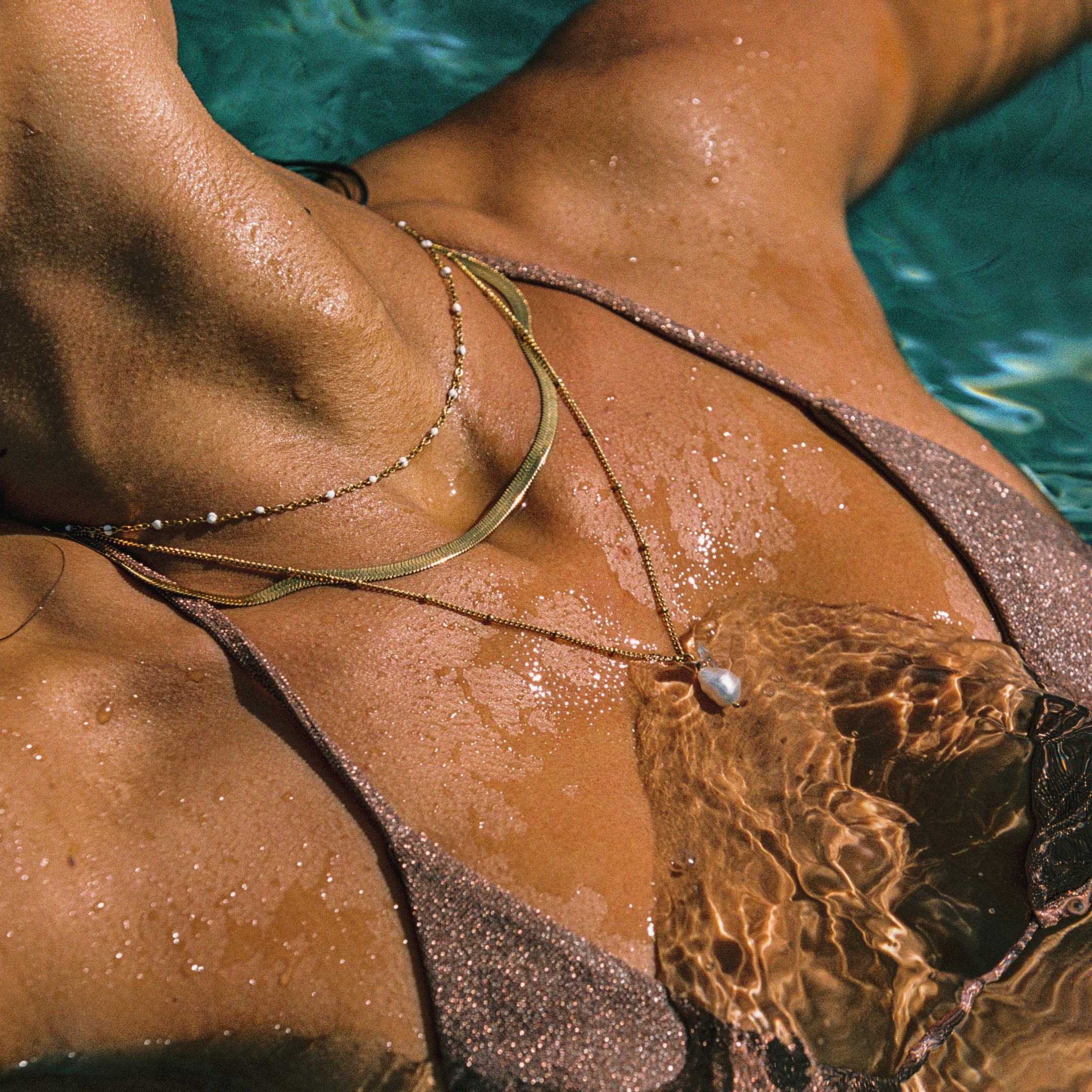



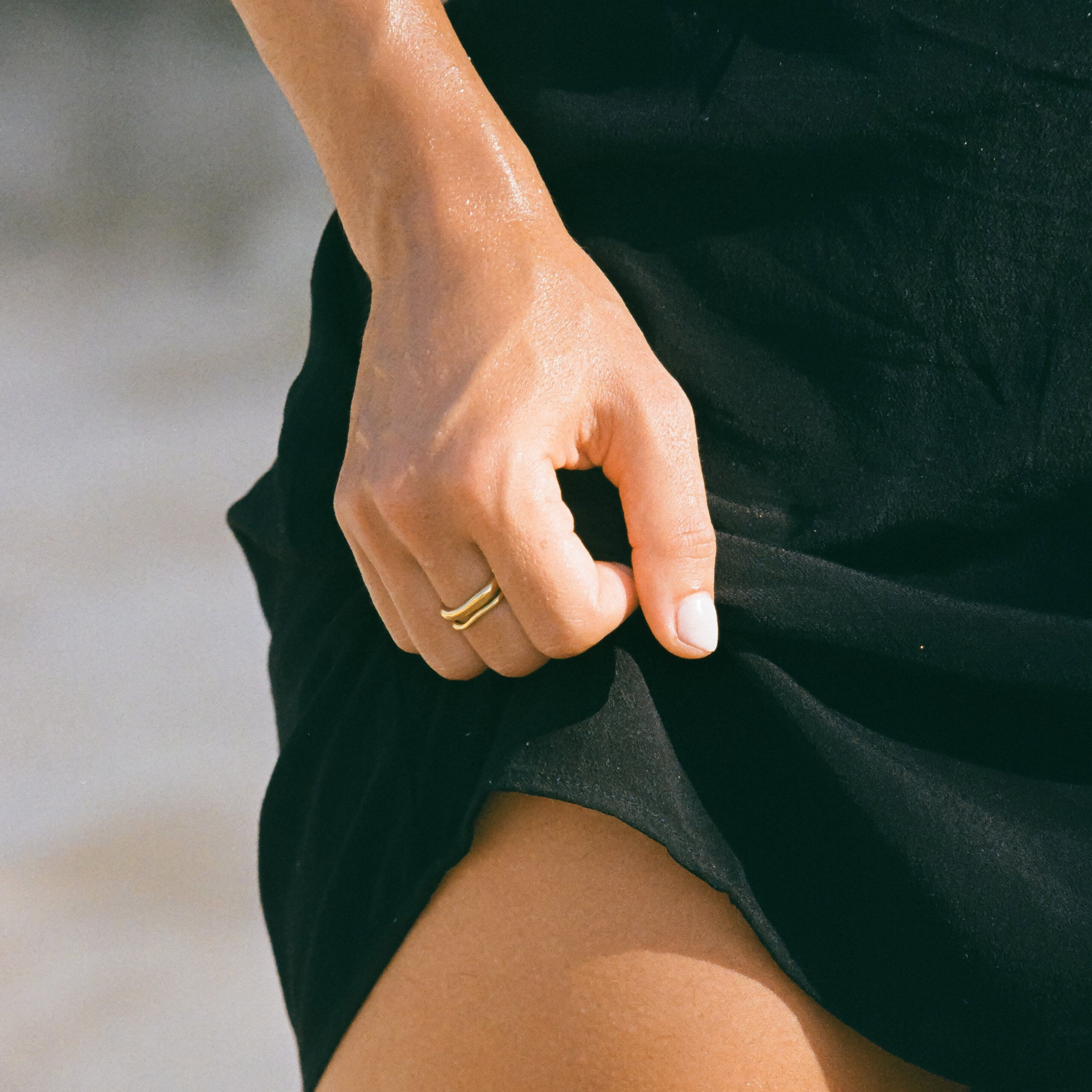



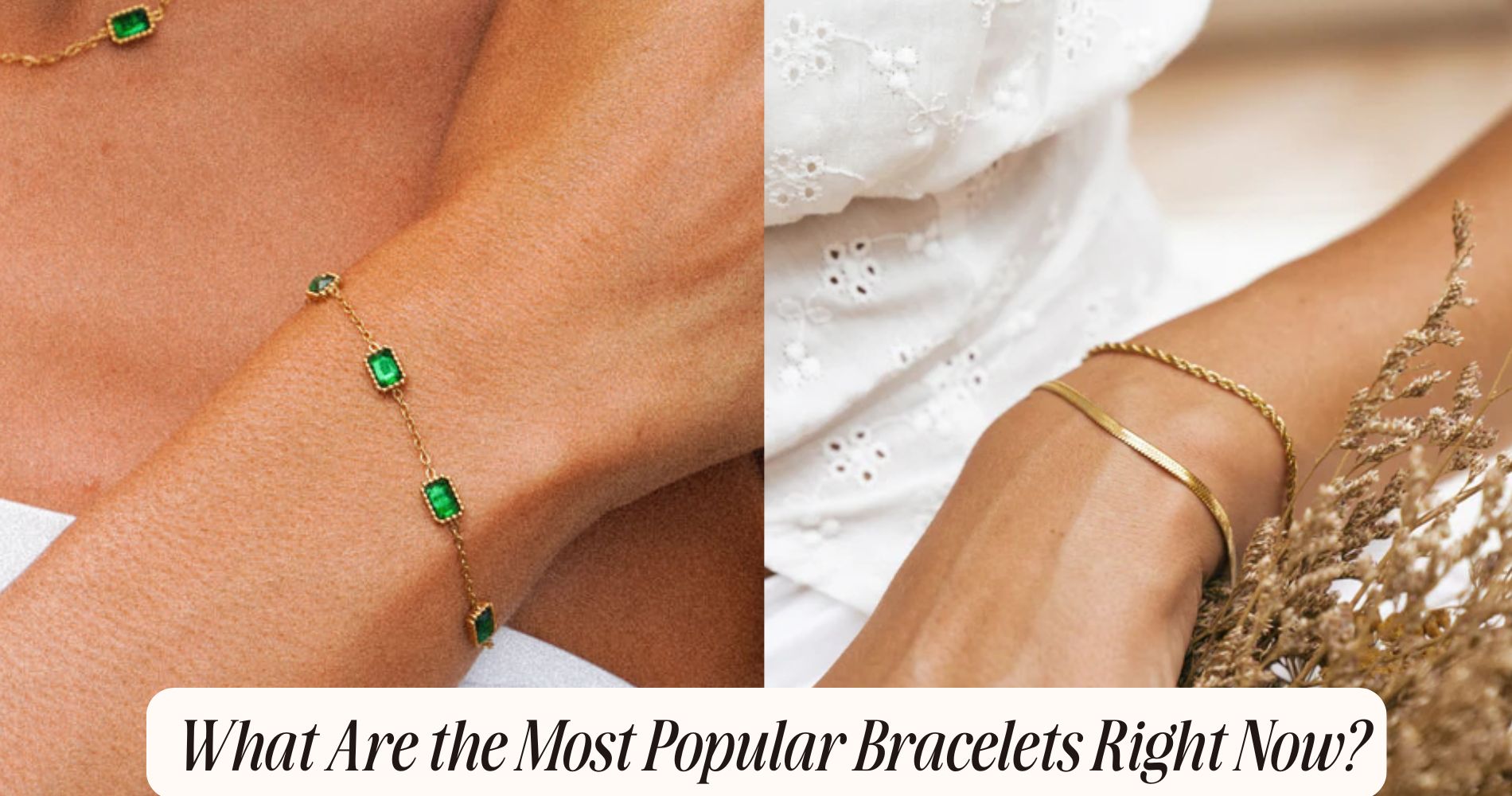




Leave a comment
This site is protected by hCaptcha and the hCaptcha Privacy Policy and Terms of Service apply.